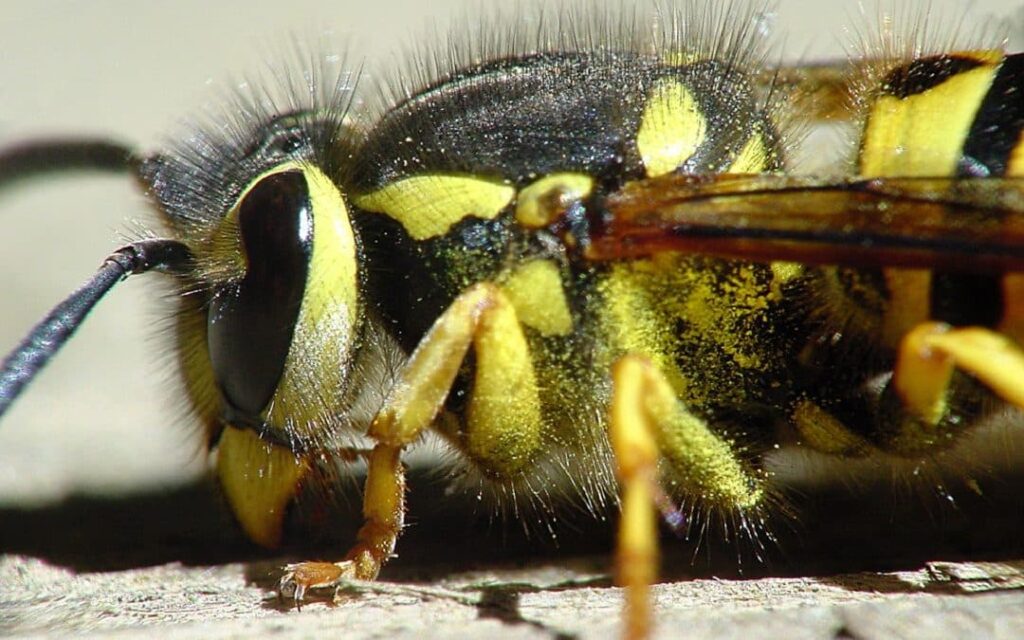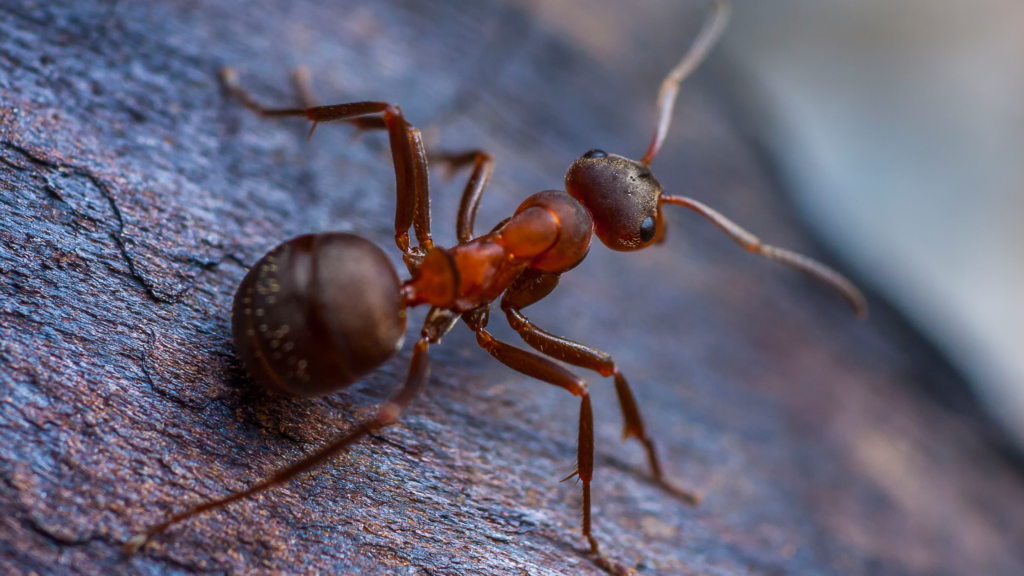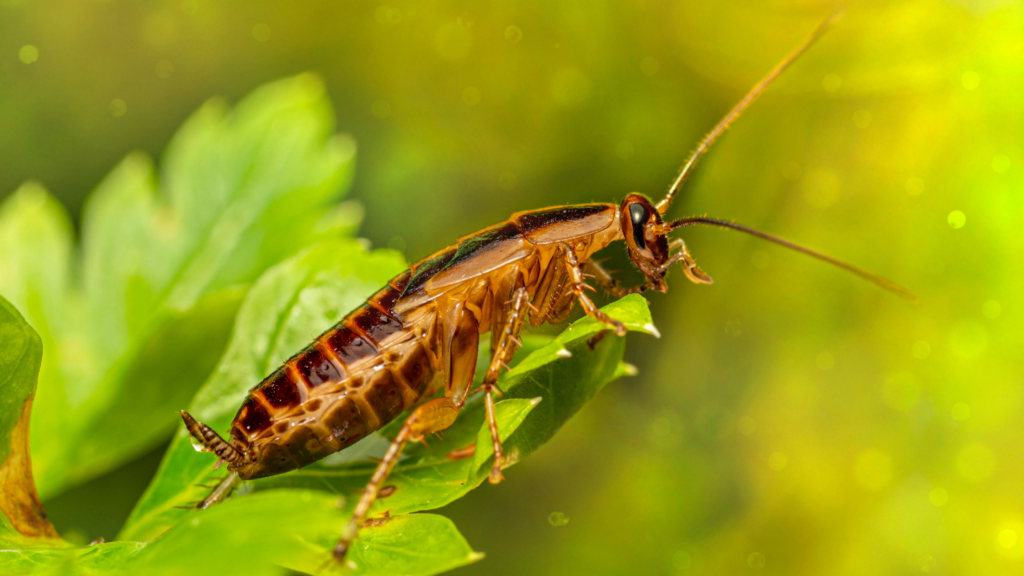
With all that has come in 2022, the last thing that anyone wants to deal with is a “Murder Hornet.” Unfortunately, the non-native, invasive species has arrived in North America, but the nest was found and destroyed. However, with the danger the Asian giant hornet brings to the bee population, is it important to recognize and report them at once.
Asian Giant Hornet Facts
Florida is already home to some notable stinging insects like three types of yellowjackets and the bald-faced hornet. But, the Asian giant hornet puts them all to shame, and fortunately, it is not in Florida at this time.
The Asian giant hornet is the largest hornet species on the planet and can reach up to two inches long. They have a massive yellow-orange head with tear-drop eyes and a large jaw. They also have orange and black stripes. Their wingspans can reach three inches.
These are a species of wasps, and many people in the United States confuse them with native Cicada-killer wasps, which are also rather large. But the Asian giant hornet and the Cicada-killer wasp will only attack humans in defense. They both have other prey that they prefer, and for the Asian giant wasp, the victim is honey bees.
They are social creatures that build hives. If those hives are attacked, they will defend. Only the female wasps can sting, and their sting is painful because they are so large. Very rarely, humans have died from Asian giant hornet venom. These wasps can also bite because their mandibles are so large.
How Florida Hornets are Different
The Asian giant hornet wants nothing to do with people unless people attack it first. The Florida hornets are the complete opposite. Since the Asian giant hornet is not in Florida, residents of the Sunshine State should worry about other stinging insects.
The Southern Yellowjacket
The aggressive Florida southern yellowjacket is plain mean, which makes them dangerous to humans. The queen is the largest of the species can measure up to .65 inches, while the workers are no bigger than .5 inches. They are about 1 ½ inch smaller than the Asian giant hornet.
The southern yellowjacket likes to build their hives under house eaves or other high places, and they will make them in the ground. You can spot a southern yellowjacket by their yellow and black stripes. Keep in mind that the Asian giant hornet has an orange hue, while yellowjackets are notably yellow.
Yellowjackets are so aggressive that they will sting several times if need be. They do not want anyone near their hives, and they can sting several times without dying. If you have a hive on your home or in your yard, you should not try to remove it yourself. A professional pest control specialist can do it safely for you.
Bald-faced Hornet
Despite its name, the bald-faced hornet is just a yellowjacket without the yellow. Instead of the noticeable yellow and black stripes, this yellowjacket has a white face and a black body. Many have a few white stripes at their hind ends. They are the same size as the yellowjacket and just as likely to attack when someone or something encroaches on their space.
They like sweets, so they are easy to spot around sugary beverages, sweet fruits, and children. They also like flies, caterpillars, and other insects with soft bodies. They are native to North America, and like the southern yellowjacket, they like to build nests in aerial locations.
If you have any aggressive stinging insects like yellowjackets and bald-faced hornets that have made their homes in the eaves of your house or in trees on your property, call Turner Pest Control to safely remove them.



